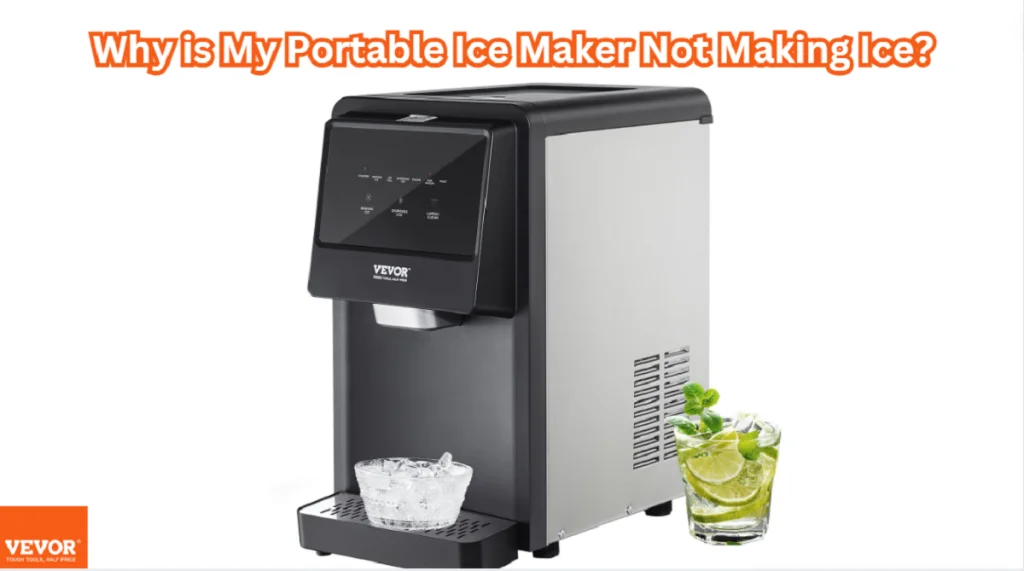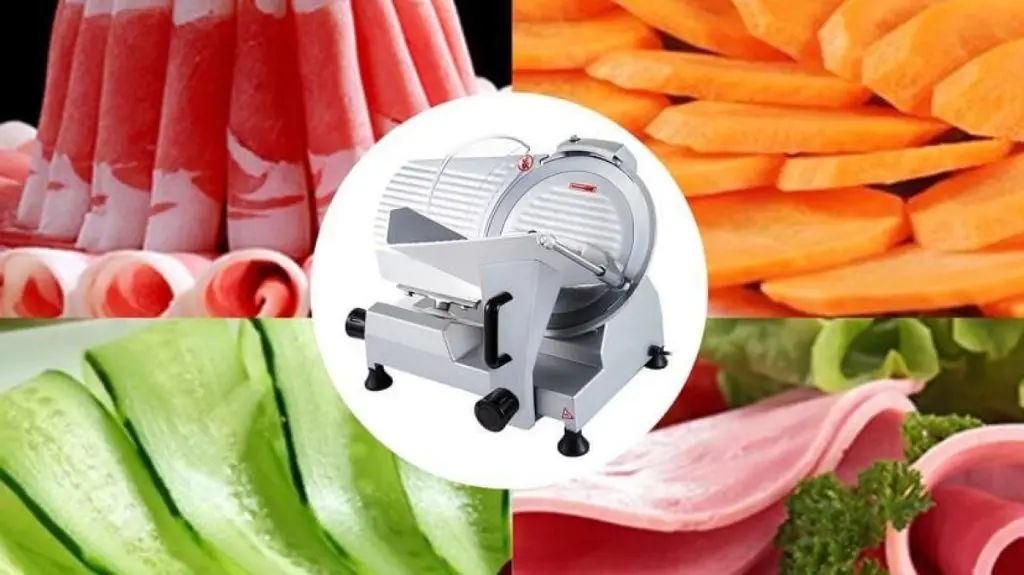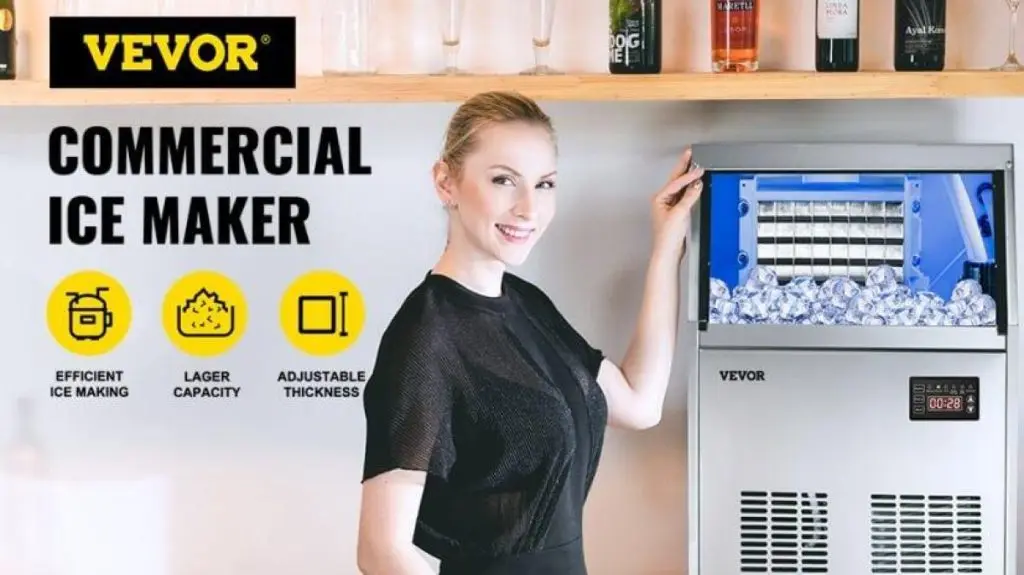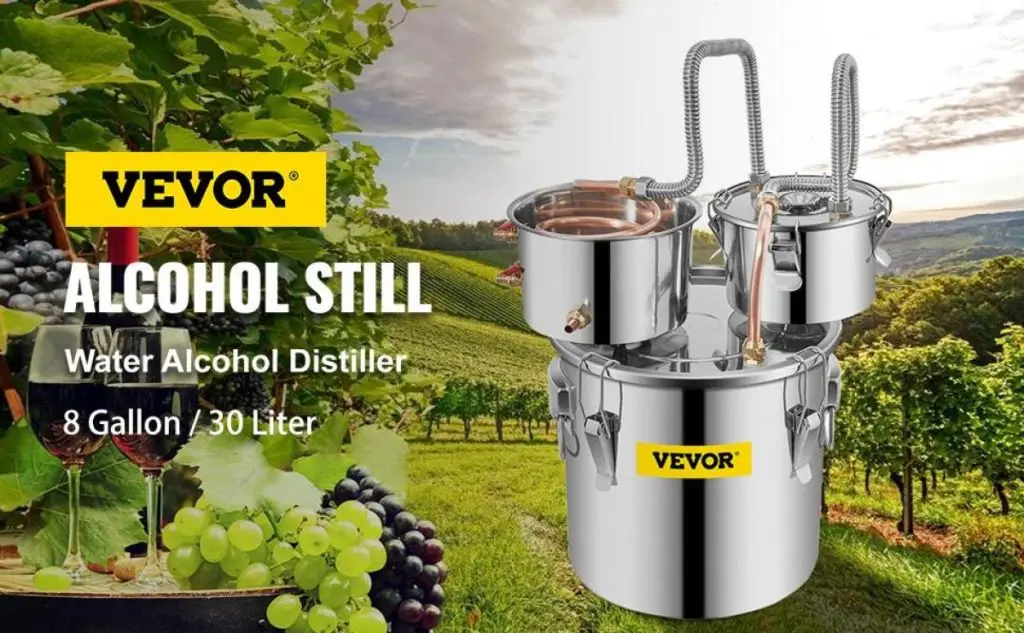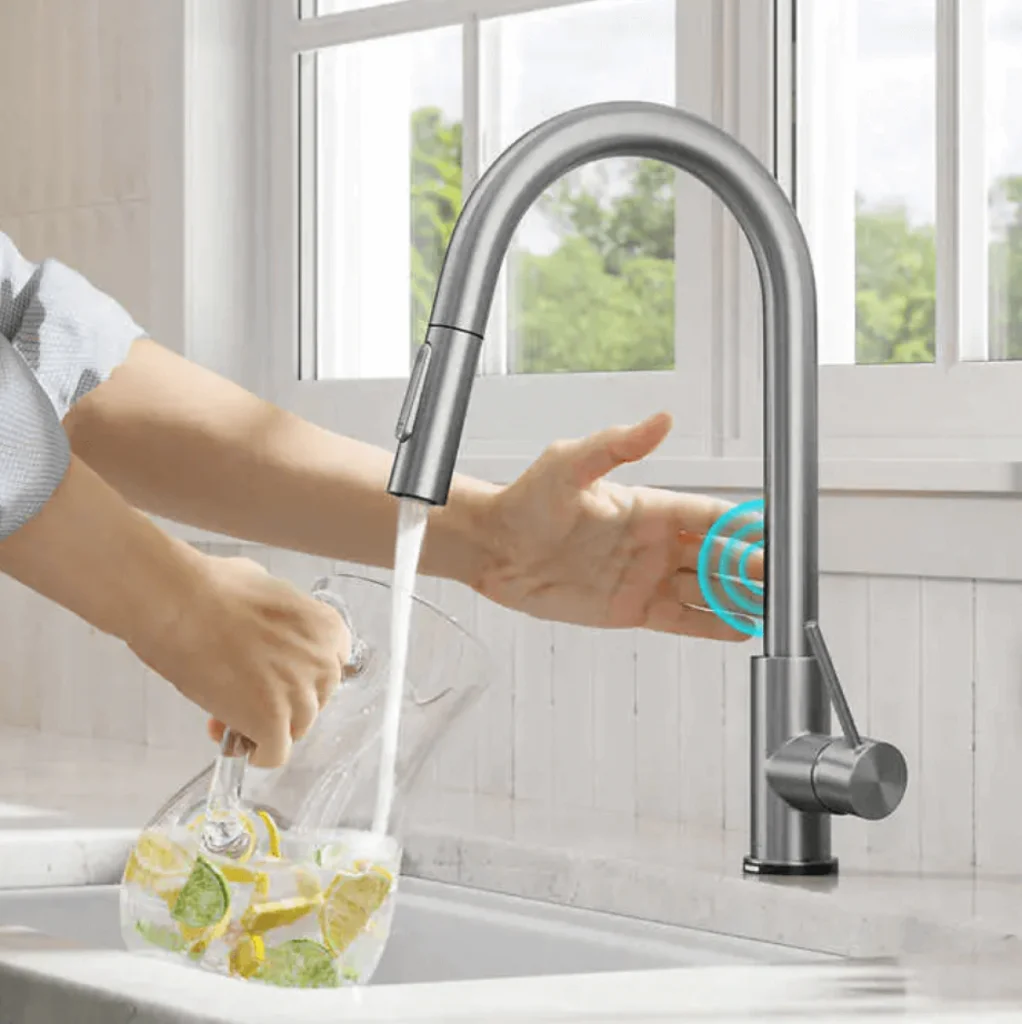Portable ice makers are fantastic devices. Having them make ice cubes for you whenever you want is a luxury that we often take for granted until you reach to get some ice cubes from your ice maker, only to find out that there is no ice—it has failed. This could leave your drinks hot and you frustrated.
Well, before you throw away your portable ice maker out of frustration, read this guide to identify why your portable ice maker is not making ice and how you can go about troubleshooting it. Besides the potential reasons for an ice maker not making ice and troubleshooting them, we are also going to discuss why you should consider upgrading to VEVOR’s portable ice maker and share some insightful tips to help you minimize downtime and extend the lifespan of your portable ice maker.
So, let’s get started!
Table of contents
Reasons Why Your Portable Ice Maker Not Making Ice
There could be many culprits behind an ice maker not making ice, but before you give up on your ice maker, it is important to find out what is wrong with your ice maker. Below, we have discussed some of the most common reasons why is your portable ice maker not working:
Portable Ice Maker Compressor Not Working
Like the heart in your body, the compressor is the heart of an ice maker. It is responsible for pumping and circulating refrigerant and creating cool temperatures so that the ice maker can make ice cubes for you. So, if your portable ice maker compressor is not working, the entire process will come to a standstill, and it will stop making ice.
Portable Ice Maker Condenser Not Working
The compressor is not alone at work; it is working alongside the condenser in your ice maker, which is responsible for releasing heating from the refrigerant. So, if the compressor is working but the ice maker condenser is not working, it won’t be able to effectively dissipate heat. This will hamper the compressor’s ability to create cool temperatures and make ice.
Portable Ice Maker Fan Not Working
Ice maker fans also play a crucial role in heat dissipation by circulating cool air over the condenser coils. So, if your portable ice maker fan is not working, the ineffective heat dissipation might lead to overheating and bringing the ice-making process to a halt.
Portable Ice Maker Not Pumping Water
Your portable ice maker is not making ice out of thin air; it is freezing water to make ice cubes. So, if the ice maker is not receiving ample water to fill the trays—be it due to a malfunctioning water pump or a clogged water line—it will stop making ice.
Ambient Temperature
Portable ice makers are designed to operate within a specific temperature range. So, if the ambient temperature of your ice maker is too hot, ice-making will become a challenge for it. So, its ice production might slow down or start producing thin ice cubes. In extreme cases, the ice maker might stop working altogether.
Portable Ice Maker Tray Not Moving
To make ice, the ice maker tray goes through various stages, such as water filling, freezing, and ejecting ice cubes. So, if the tray is jammed or malfunctioning, it might not make any ice.
Sensor Malfunction
Portable ice makers use various sensors, such as water level and temperature, to provide you with an automated supply of ice cubes. So, if these sensors malfunction, the ice-making process is disrupted.
Portable Ice Maker Not Making Full Cubes
This could be due to various reasons, including high ambient temperature, faulty temperature sensors, low water pressure, etc.
Refrigerant Leak
If the refrigerant that the compressor is circulating to create cool temperatures for ice-making gets leaked, the cooling capacity of the refrigerant will be significantly reduced, rendering the ice maker ineffective.
Power Issues
It sounds funny, but believe me, oftentimes when people say that their ice maker is not making ice, it is because it is not receiving any power—either the power cord is damaged, it is plugged in a faulty outlet, and sometimes, it is not plugged at all.
Step-by-Step Portable Ice Maker Troubleshooting
Once you have identified the potential culprits behind your portable ice maker not making ice, it is time to troubleshoot it. Here are some easy fixes for various causes:
Check Power Supply
Start off by double-checking if your portable ice maker is receiving the power. Check if there is any damage to the power cord; if there is any fraying, consider replacing it. And if you are using an extension power cord, ensure it is compatible with your Ice maker’s power consumption. You may also want to consider plugging the ice maker into a different power outlet.
Check Water Supply
Check if there is ample water in your portable ice maker’s reservoir. If there seems to be enough water in the reservoir, check the water filter. If it is clogged, consider replacing it.
Check Ice Level
As discussed earlier, your automated portable ice makers are using different sensors to function properly. One such sensor automatically shuts off the ice when it thinks the ice bin is full and there is no more space for more ice cubes. So, consider emptying the ice bin of your ice maker and putting it back to work.
Clean Mineral Buildup
If you have not been regularly cleaning your ice maker, mineral buildup could be the reason your portable ice maker is not making ice. So, consider removing the mineral buildup in the water reservoir, ice tray, and around the ice bin trigger using a wild vinegar solution or a commercially available ice maker cleaner.
Check Ice Maker Components
Different components of your portable ice maker are working together to produce ice. And if any of these components malfunction, the whole ice-making process comes to a halt.
- Compressor: If the compressor is making weird noises, consider turning off your ice maker and seeking professional help to repair its compressor. If it is beyond repair, you may have to replace it.
- Condenser: Consider brushing off the dust and debris buildup off the condenser coil. Mostly, cleaning gets it working again, but if it is beyond repair, you will need to replace the condenser.
- Thermostat: Consult the manual that came along with your portable ice maker to reset the thermostat.
- Motor: It is advised that you avoid tinkering with the motor yourself unless you know what you are doing. It is best to seek professional help.
Reset the Ice Maker
If your ice maker has a reset function, consider resetting it. Resetting usually takes care of minor glitches that might be keeping the ice maker from producing ice. Consult your manual about how to reset your portable ice maker.
Seeking Professional Help
If nothing seems to be working, consider taking your portable ice maker to a professional. They will diagnose why your ice maker is not making ice and perform the necessary repairs. But before you get a professional to repair your ice maker, consider asking how much it would cost and whether it would be better to just get a new one.
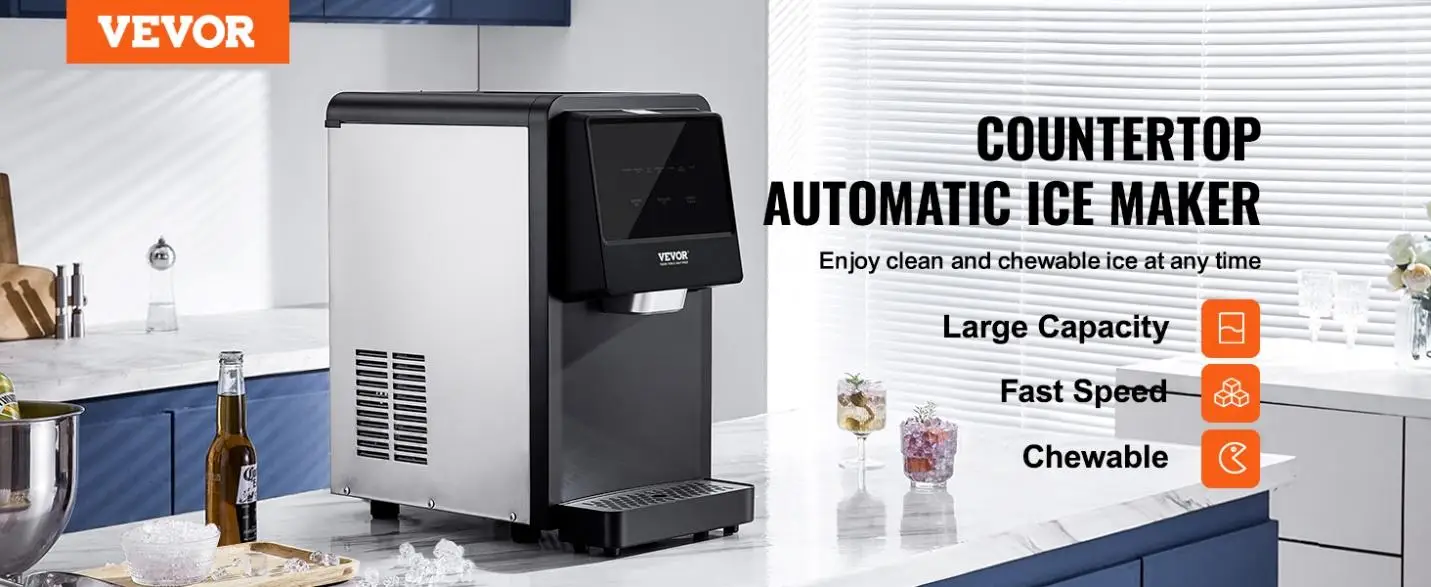
Upgrade to VEVOR Countertop Ice Maker For Constant Supply of Fresh Ice
Ready to say goodbye to your old portable ice maker and upgrade to a reliable one?
Check out this VEVOR Auto Self-Cleaning Portable Ice Maker. It can produce 62 lbs of ice every 24 hours. It can produce ice cubes in 8 minutes and 6 lbs of ice cubes in just 2 hours. Note that it only has 6 lbs of ice storage capacity, so you will have to empty the bin for it to continue producing more ice. It features an automatic cleaning mode, minimizing the need for manual cleaning and ensuring that the ice you get is clean and refreshing.
This portable ice maker is also equipped with an anti-freeze cylinder mode, which ensures that the ice maker continues producing ice normally even if the outdoor temperature gets too low. It has long-lasting insulation that allows you to keep ice for over 8 hours in case of power failure.
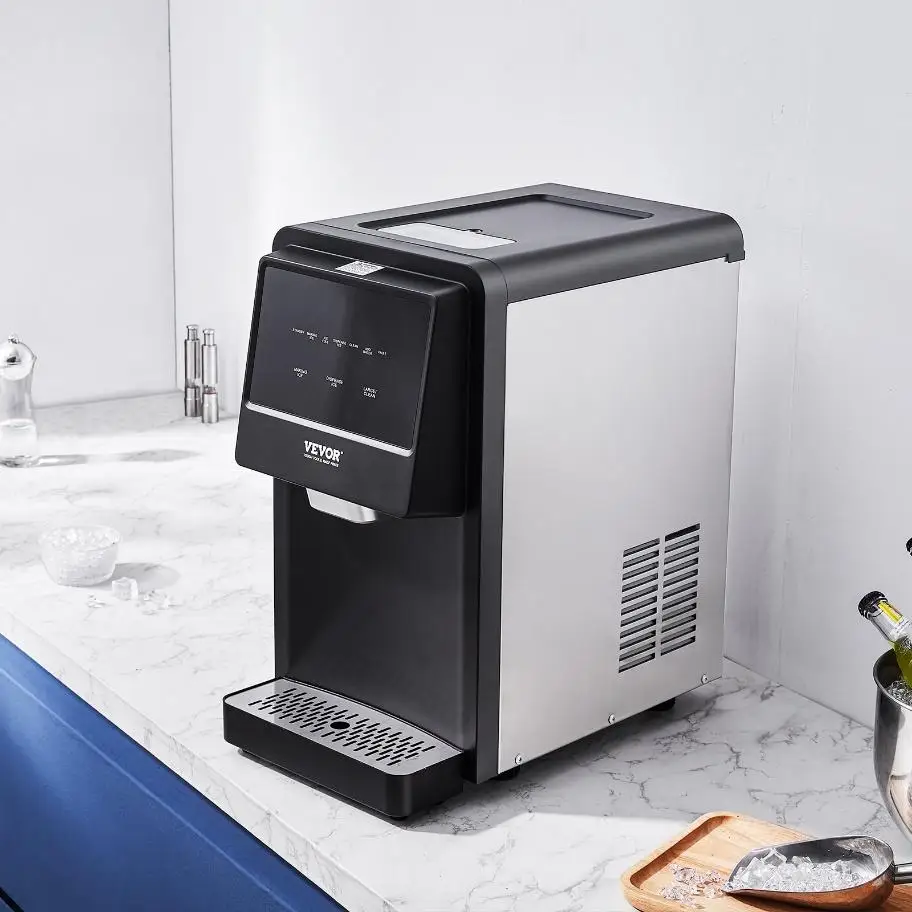
Ice Maker Maintenance Tips to Reduce Downtime and Extend Lifespan
Proper maintenance is key to reducing downtime and ensuring that your portable ice maker continues making ice for many years to come. Here are a few practical maintenance tips for you:
- Regular cleaning: This helps prevent mineral buildup, mold growth, and unpleasant odors. It is not only imperative for your ice maker to produce clean and refreshing ice but also to ensure that it keeps functioning optimally.
- Water filter replacement: You need to replace your portable ice maker’s water filter regularly. It often gets clogged with impurities over time, hindering the water supply to your ice maker, which slows down the ice-making process and sometimes stops it altogether.
- Proper storage: When you know that you won’t be using your portable ice maker for a long time, consider storing it in a dry and cool place. Ensure that sunlight does not directly fall onto it. This prevents potential warping and malfunctioning of components due to excessive heat.
- Power surge protection: Consider using a power surge protector to protect your portable ice maker from unusual power fluctuations that could damage its electrical components.
- Regular inspection: With regular inspection, you can identify a problem and address it before it makes your portable ice maker stop working. Consider regularly checking the water lines for mineral buildup and clogging, condenser coils for dust or debris buildup, and water filters for clogging.
FAQs About Ice Makers Not Making Ice
Why is my portable ice maker not making full cubes?
Several factors, including low water pressure, incorrect water level settings, high ambient temperature, and refrigerant leaks, could contribute to this issue. If the ambient temperature is normal, consider replacing the water filter.
Why is the ice melting too quickly?
Ice cubes usually melt quickly when the ambient temperature is too high, but sometimes, it could be the malfunctioning of the defrosting cycle that leads to excessive melting of ice cubes. That said, you may also want to check if you have securely closed the ice bin lid—oftentimes, it is an opening in the lid that lets the cold air escape.
How long do countertop ice makers last?
Portable ice makers typically last from around 5 to 7 years. But if you have sturdy and high-quality ice makers such as those of VEVOR’s, and you clean them regularly, they could last for up to 10 years and beyond.
What to do when cubes are too big or small?
If your ice maker is making ice cubes too big or small, you need to make some ice maker ice thickness adjustments. Usually, ice machines have buttons for that, but in case your ice maker does not have options for adjusting the size of the cubes directly, consider adjusting water level settings and temperature settings to get it to make the ice cubes of the desired size.
Conclusion
So, there you have it—your comprehensive guide to troubleshooting your portable ice maker.
Consider the potential reasons for an ice maker not making ice discussed in this article to find out the culprit behind your portable ice maker not working. After identifying the underlying reasons, apply the respective fixes and get your ice maker up and running.
If nothing seems to work, seek professional help, and if you think your portable ice maker is beyond repair, check out the VEVOR portable ice maker collection to find a more reliable replacement. VEVOR is known not only for the high quality of its products but also for their affordability. So, you will find a good deal there.
Remember, preventive maintenance is key to keeping your portable ice maker running smoothly and extending its lifespan.

